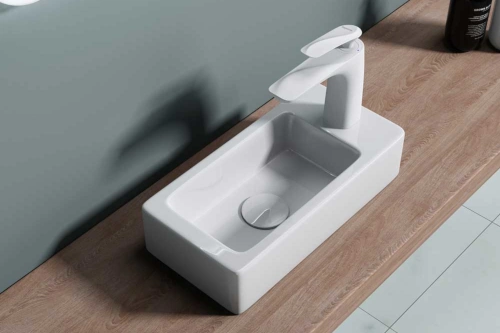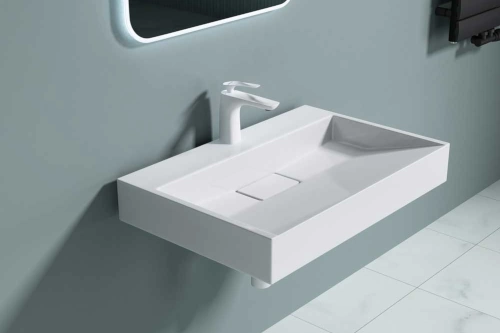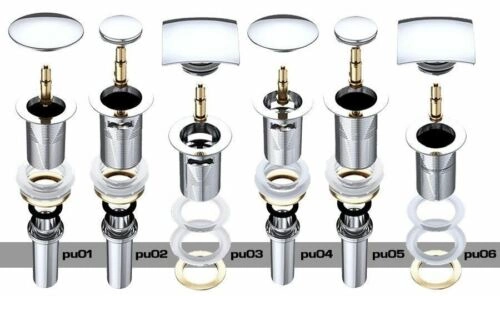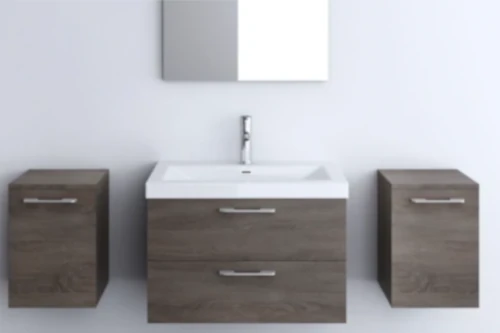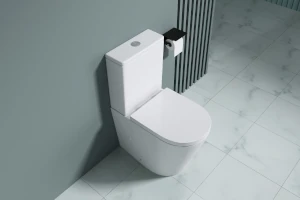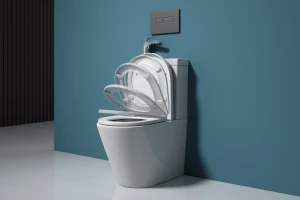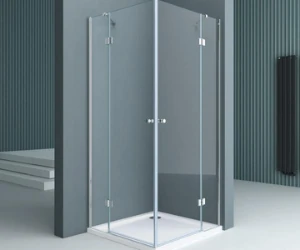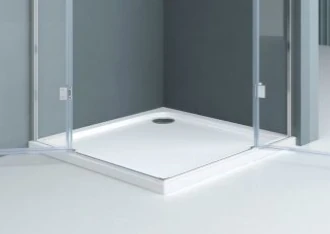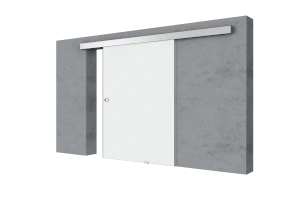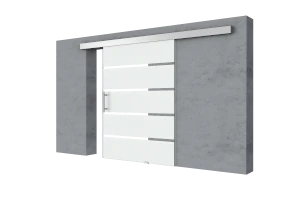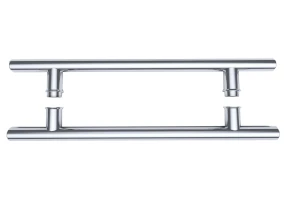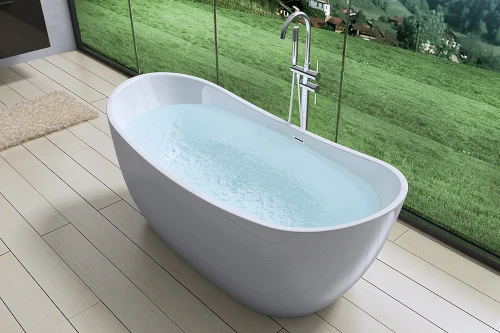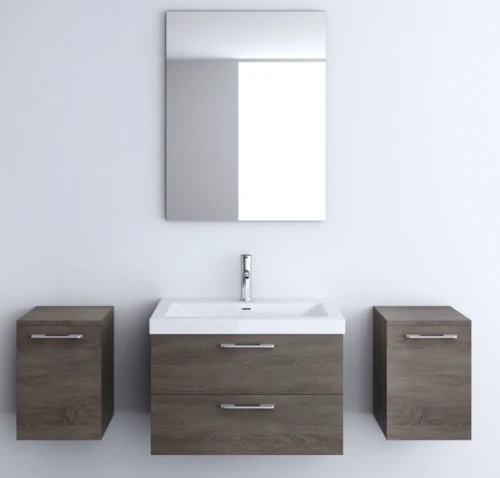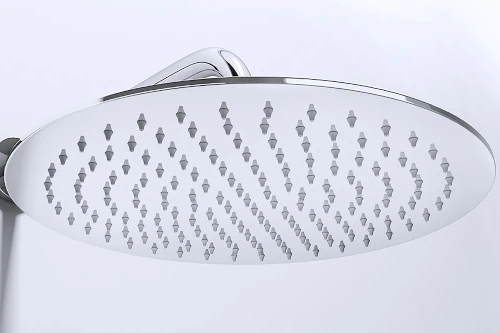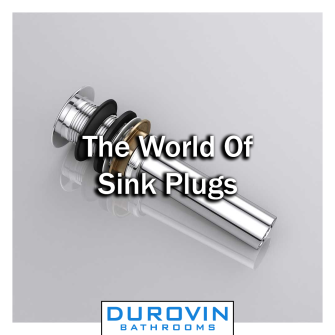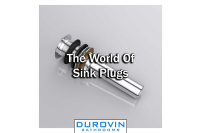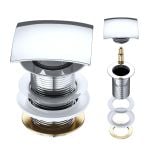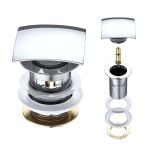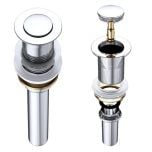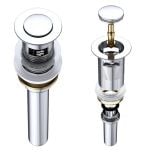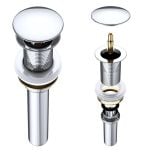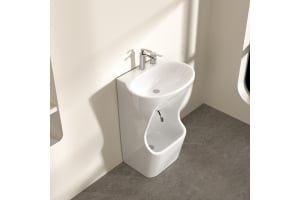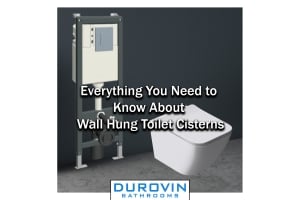We use cookies. For more info, please check cookie policy.
The World Of Sink Plugs
The World Of Sink Plugs
Table of Contents
- The World Of Sink Plugs
- Let’s Begin
- What Is A Basin Waste Plug?
- The History Of Basin Plugs
- Do Sinks Come With Plugs?
- Slotted Or Unslotted Wastes
- Different Kinds Of Wastes
- Which Waste Stopper Is The Most Accessible?
- What Size Are Sink Plugs?
- How Much Does A Waste Bung Cost?
- How To Install A Basin Waste Plug
- How To Uninstall A Basin Waste Plug
- How To Clean And Maintain A Sink Waste Bung
- To Conclude
Let’s Begin
So, you’ve got a shiny new toilet, a terrific shower and a brand spanking new basin. But what’s this? You’re missing something? A crucial piece to the jigsaw of your environment?
That’s right, you need a sink plug.
What Is A Basin Waste Plug?
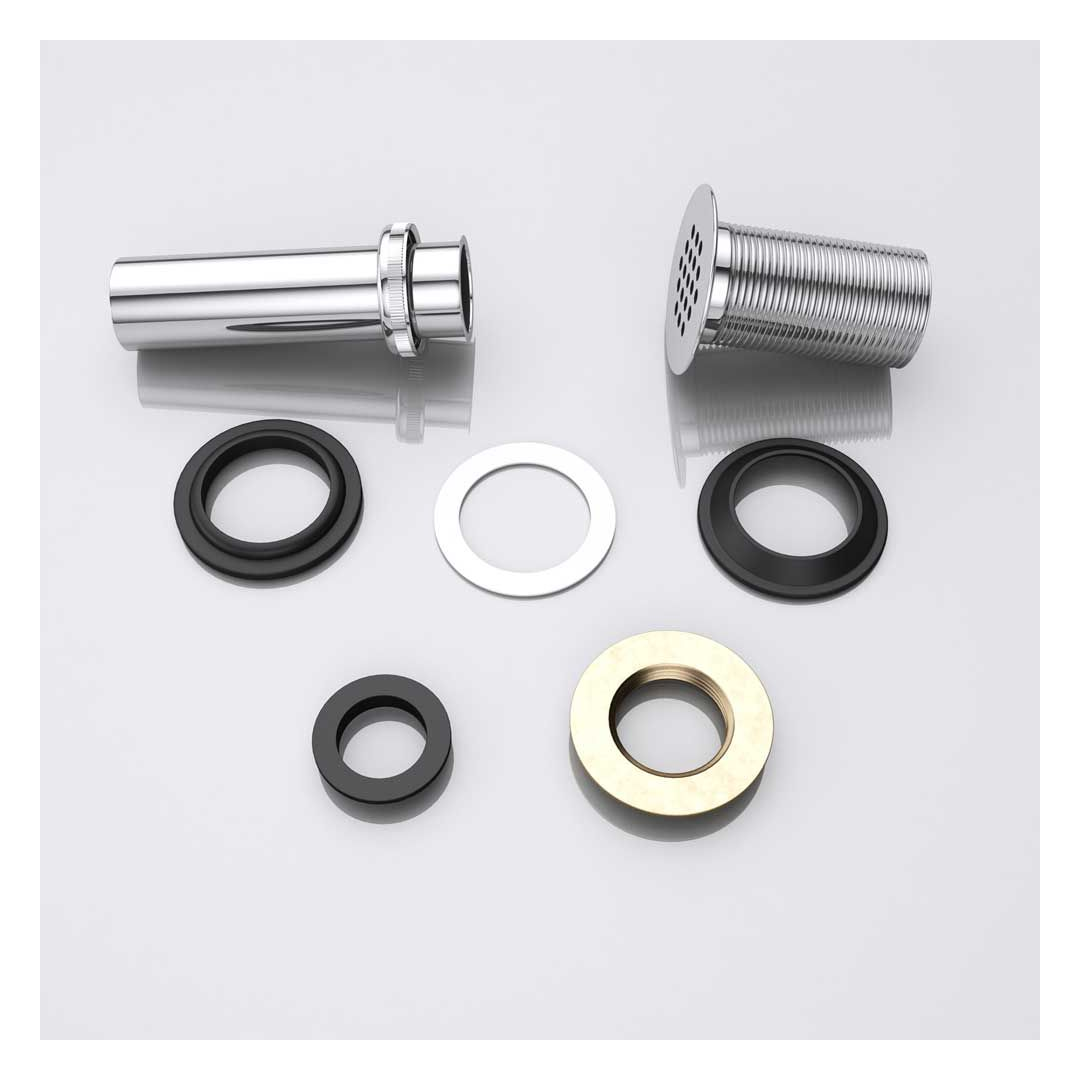
The waste plug is an item that is placed into the waste pipe of a sink. This seals the waste pipe tight and makes it so water cannot enter or leave. This allows you to perform such tasks as filling the sink bowl with water. The way a plug typically works is be filling the space of the pipe. They are usually at least partially made of a softer material, like rubber, to allow them to squish into the waste pipe and then expand, creating a water tight seal.
The History Of Basin Plugs
There has been evidence found to suggest the humble sink plug existed and was used in some form as far back as the medieval period. However, it was in 1959 that the patent went through on behalf of inventor Treslo Nicholas, that more closely resembles the modern stopper.
Do Sinks Come With Plugs?
Typically, no. When you buy a basin, unless it states it comes with them, you will have to buy taps and wastes separately. This gives you the freedom to choose what kind of waste you want fitted into your sink.
Slotted Or Unslotted Wastes
There is an important decision to make when purchasing a waste stopper and that is if you need a slotted plug or an unslotted plug. This is not a decision to be made on a whim and is actually hinged on the kind of basin you have.
Slotted Wastes
Slotted wastes are designed to allow water from an overflow to drain into the waste pipe. Not every basin has an overflow, but if yours does it more than likely takes the form of a hole partway up ths basin wall underneath the tap.
The presence of the overflow means that if you were to forget about your tap and leave it running while the waste was blocking it from entering the waste pipe, it would drain through the overflow and into the waste pipe.
If you have an overflow, you must install a slotted waste plug. An unslotted waste plug will not allow the overflow to enter the waste pipe and could cause flooding.
Unslotted Wastes
Unslotted wastes do not feature any slots and are therefore completely watertight. If you do not have an overflow system, you need an unslotted waste bung. This is because if it had slots unconnected to an overflow, it would not be watertight and could cause leaks and damages. Therefore, if you do not have an overflow in your basin, install an unslotted plug.
Summary
| Slotted Basin Waste | Unslotted Basin Waste |
| Basin With Overflow | Basin Without Overflow |
Different Kinds Of Wastes
Now we understand the fundamentals, let's look at the massive variety of sink plugs out there. No matter what your preferences on plugs for sinks, there will be a waste stopper for you.
Gated Wastes
Gated Wastes are unique in the fact they do not have any built in water stopping capabilities. Why is this? So that you cannot fill the sink. These wastes are specifically designed to stop sinks retaining water. This could be useful for a number of reasons. If you live with small children who could accidentally cause damage, this is a way of making sure they cannot cause flooding. If you have a small basin that is easy to overfill, this kind of waste would prevent any spills. If your bathroom space is open to the public or is a company bathroom with a lot of foot traffic, this waste can make sure no one causes any issues for the next person, cutting down cleaning and maintenance costs. If you need a simple and safe option, this is the plug for you.
Free Flow Wastes
Much like the gated plug, free flow plugs do not stop water. However, their unique twist is having a cap that can be twisted to slow or speed up the rate at which water drains away. They are designed to ensure you can never completely stop drainage and therefore overflow the basin, but you will be able to exercise a splendid amount of control.
If you need to slow down drainage because of water pressure in your pipes or speed up drainage because you have a very small basin, this waste is the ideal choice for you.
Plug And Chain Wastes
The classic. Your granddad’s basin plug. The plug and chain is designed to completely fill the area of the waste pipe. This means it is water tight and you can fill your basin to your hearts content. This simple design works so well because it is made of rubber that can squeeze into and then fill the space of the gap. By having a chain attached on top, it is not restricted by having to fit any mechanical parts in the waste.
Once you want your basin to drain again, simply tug on the chain and watch all the water swirl away as your rubber stopper comes loose. If you are looking for a simple, yet effective plug then this is the choice for you.
Click Clack Wastes
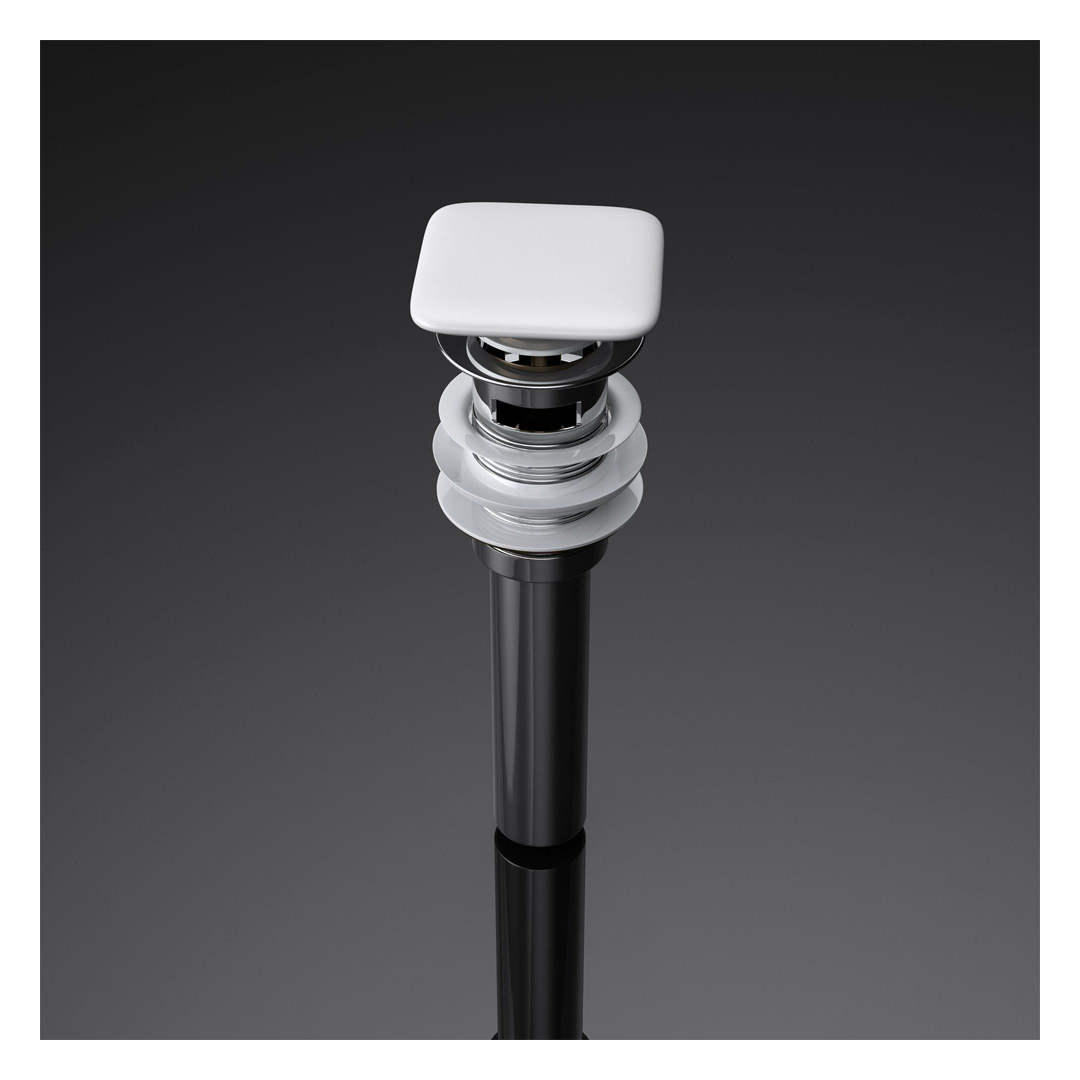
Named after the noises it makes, the click clack sink waste is really that simple. It features a button on top of the waste that you can press down with a click. This seals the waste and stops water from being able to flow freely through. You can then press it again, with a clack, and the stopper will rise up and allow the water to pass through. This is a nice, simple waste stopper and ideal for those looking for simplicity and efficiency. They are also known as sprung or push wastes.
Flip Top Wastes
These wastes feature a disk plate that has the ability to be flipped, hence the name flip top. Simply press down on either side of the disk and it will pivot and move from a horizontal position to a vertical position. Once the top has been flipped, water will be able to pass into the waste pipe. Once you want the water to cease, simply flip the top again so that it lies horizontal once more, now no water will be able to pass through. These are often installed in modern bathrooms due to their simplicity and ease of use.
Pop Up Wastes
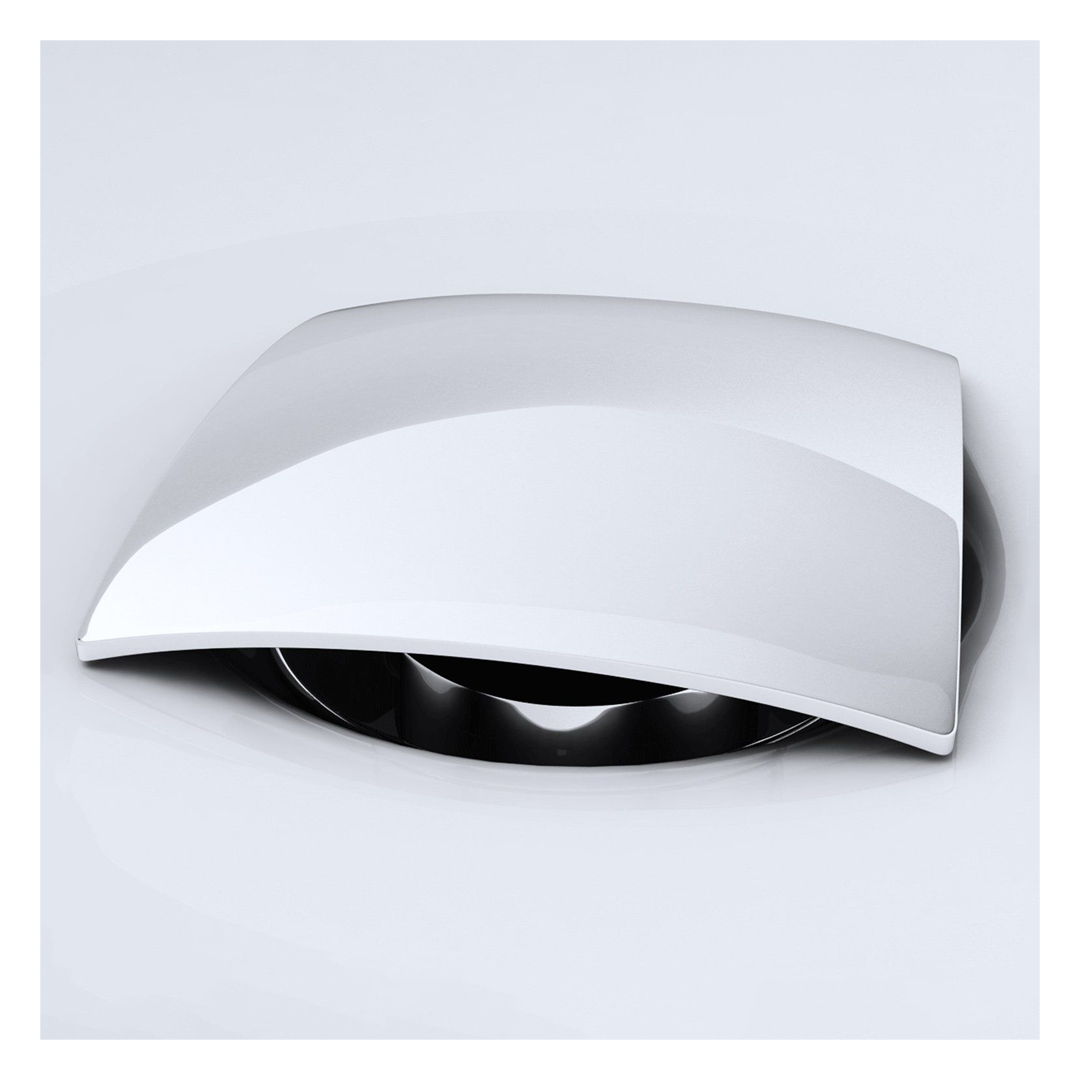
Possibly the most unique and user friendly basin waste out there, the pop up basin waste plug features a lever mechanism that sits behind the sink. You can flick this lever to make the waste pop up or down. When up, the water flows, when down it stops. Because of the lever mechanism, you can pop the waste without ever putting your hand in the sink, which is extremely useful for those who don’t want to get their hands wet or dirty.
Captive Wastes
Often likened to a mix between the click clack waste and the plug and chain waste, the captive waste plug works like a click clack waste but features a bar through it that attaches it to the basin. This is so that the waste cannot be removed. This is ideal for public settings, like business or schools where there is a lot of foot traffic. They are a great way of preventing breakages or potential flood damage caused by tampering hands.
Which Waste Stopper Is The Most Accessible?
Each will have their benefits, and it will ultimately decide on the needs of the user, but the two most generally accessible options would be the pop up waste and plug and chain waste.
This is because the pop up waste features a lever that can be installed in the surrounding area, so it can be placed in a way that is comfortable and accessible for the user. The plug and chain are also quite accessible, because the use of a long chain also makes it easier to interact with for someone with say mobility issues than the other options.
What Size Are Sink Plugs?
The world of sink plugs is typically quite standardized. The average waste pipe is between one and one and a quarter inches. Meanwhile the average size of a waste is between one and one and a half inches. This is so that with the flexibility of the stopper, a large plug can be fit into the hole and fill the space, making it water tight. However, you should always check the size of your pipes and plugs before making purchases, in case any nonstandard elements are involved.
How Much Does A Waste Bung Cost?
Luckily, waste bungs are very cheap and affordable. Durovin sells a variety of waste plugs within the price range of £10.29 and £14.41. Because of this affordability, it is easy to experiment with different plugs and see which suits you the most. Just remember to always ensure you have either a slotted or unslotted type depending on your needs.
How To Install A Basin Waste Plug
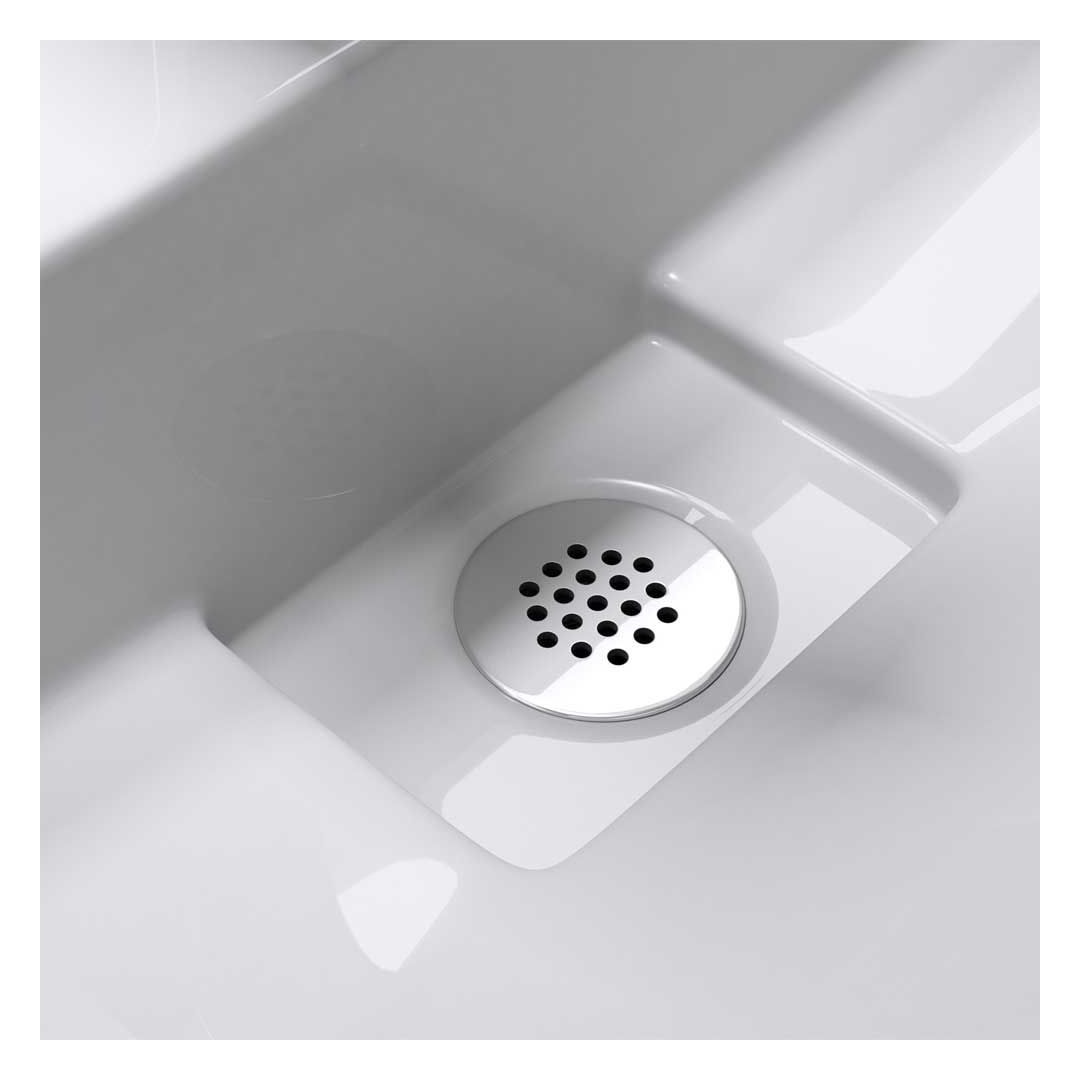
As most waste stoppers are simply pushed into the waste hole, this guide will focus on how to install a pop up waste. With its signature lever element, it can be a more challenging install than the typical waste. Let’s look at how you can do it.
- Drain The Water. First of all, you will want to make sure you don’t get wet. Set up a bucket to catch any trapped water underneath your trap. Unscrew the trap and remove it from the bottom of the sink. At this point any trapped water will fall down and you will be happy for the bucket.
- Uninstall The Sink Waste Pipe. Now, you will need to remove the existing sink waste pipe. Loosen and remove any bolts holding it in place and the gasket. Carefully life it out and clean down your sink in case there is any remaining putty or other mess.
- Install The Drain. Surround the circumference of the sink hole with plumbers’ putty and install your new waste pipe. You will have to lower it in and press the collar down onto the putty. Once this is done, screw the pop up waste pipe onto the existing pipe and make sure the mechanical elements facing the back of the sink.
- Install The Plug. Now, simply place the pop up plug into the waste pipe. Attach your lever into the whole behind the faucet, lowering the length of the mechanism to go under the sink. Then connect your pivot rod into both the plug, via the pipe gap, and the lever mechanism.
- Install The Trap. Once this connection has been made, it is time to reattach your trap and test for leaks. Firstly, screw your trap back in. Then clean off any remaining plumbers’ putty, close the trap by flicking the lever and fill the basin full of water.
If there are no leaks, then congratulations! You have installed a pop up sink plug.
How To Uninstall A Basin Waste Plug
Now, say you need to replace your pop up plug, or you simply want to try out a different style. How do you uninstall it? Rather easily!
First up, you need to disconnect the pivot rod from both your plug and your lever. Now, slide the lever out and remove the plug as well. Now, all you have to do is uninstall the waste pipe, like we discussed before and you have quickly and easily uninstalled your pop up plug.
How To Clean And Maintain A Sink Waste Bung
Once again, this is very simple. Simply uninstall the plug and then clean it down with warm, soapy water and a brush. Make sure to get rid of any visible build up and rinse it off. As well as this, clean the edge of the hole it sits in, to make sure there is no filth spreading. Then simply reinstall the plug and it’s as good as new.
To Conclude
The world of sink plugs is clearly surprisingly vast and varied. However, that is part of the charm. There is a waste plug out there to fit anyone’s specific needs, all you have to do is find it. A good place to start that journey is here, with Durovin, as we have an excellent array of wastes, taps and basins, so you can achieve luxury at a low price.


